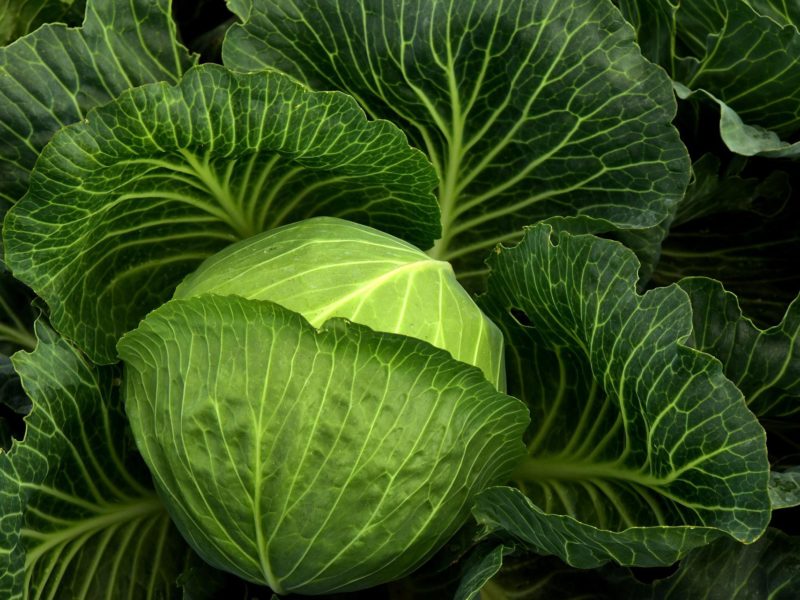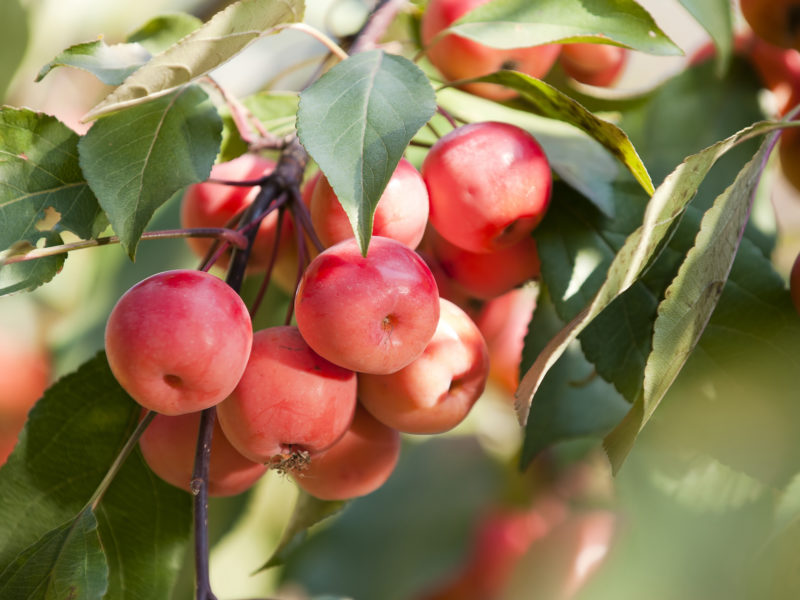Other guides
guide
Gardening Tips for November 2024
As autumn fades into winter, November is a crucial time to prepare your garden for the colder months ahead. At Love Plants in Shrewsbury, we want to help you keep your garden thriving year-round. From planting spring bulbs to protecting your delicate plants, here’s what you should focus on for your November gardening plans. Ready […]
guide
Gardening Tips for October 2024
October marks the transition into the heart of autumn, bringing with it cooler temperatures and shorter days. While your garden might be slowing down, there’s still plenty to do to prepare for the winter months ahead. Here’s a list of essential October gardening tasks to keep your garden healthy over autumn and winter to get […]
guide
Gardening Tips For September 2024
September is a busy month in the garden as we prepare for autumn and ensure that our plants, flowers, and crops remain healthy and productive. Here’s what you should focus on this month to keep your garden looking its best. Flowers Divide Herbaceous Perennials: Now is the time to divide your herbaceous perennials to […]


